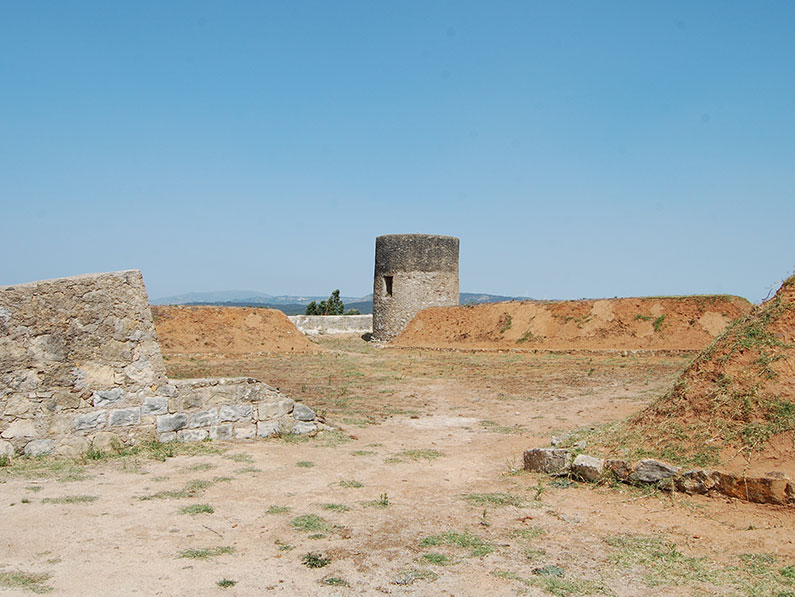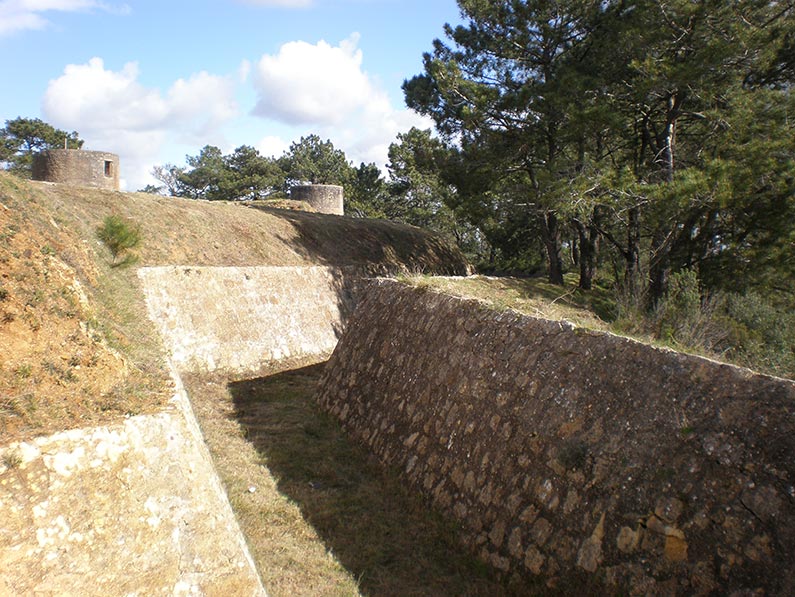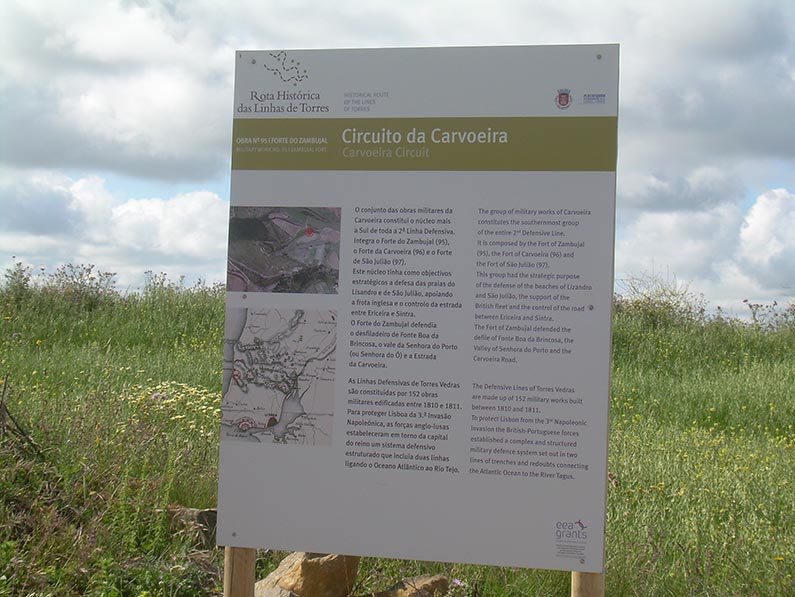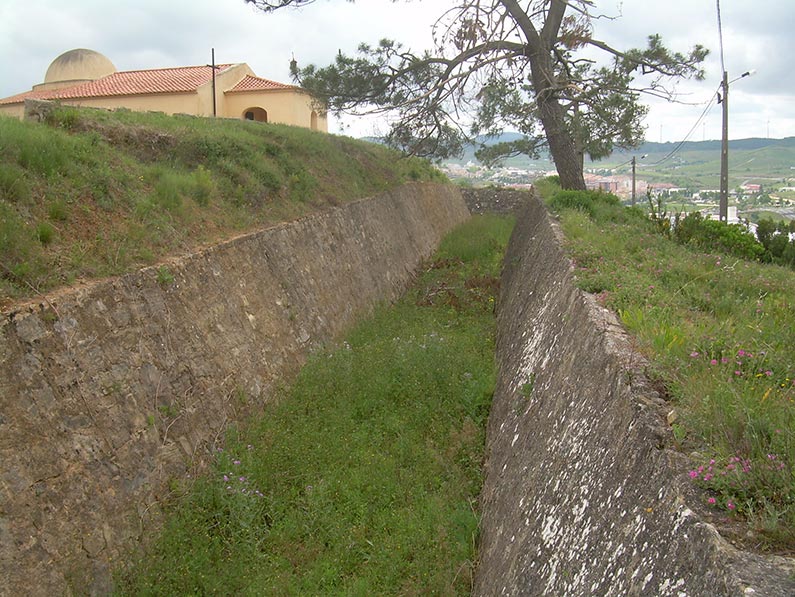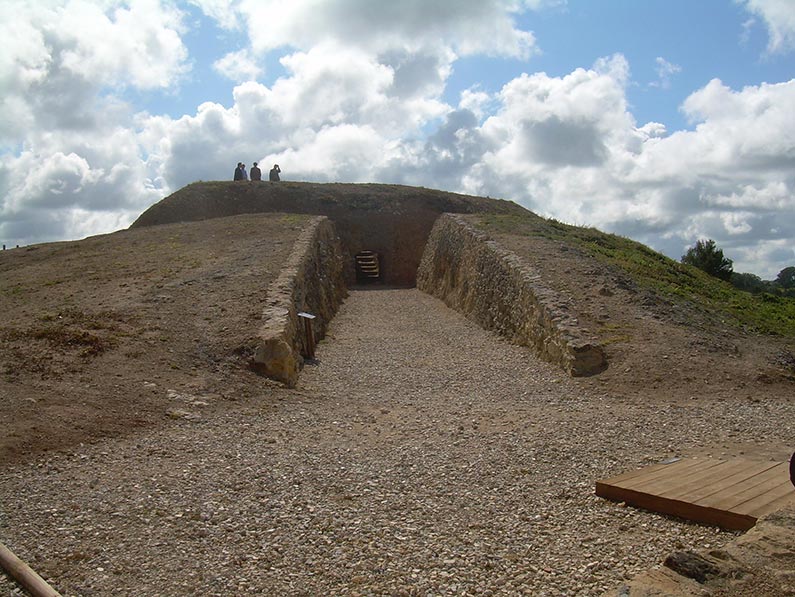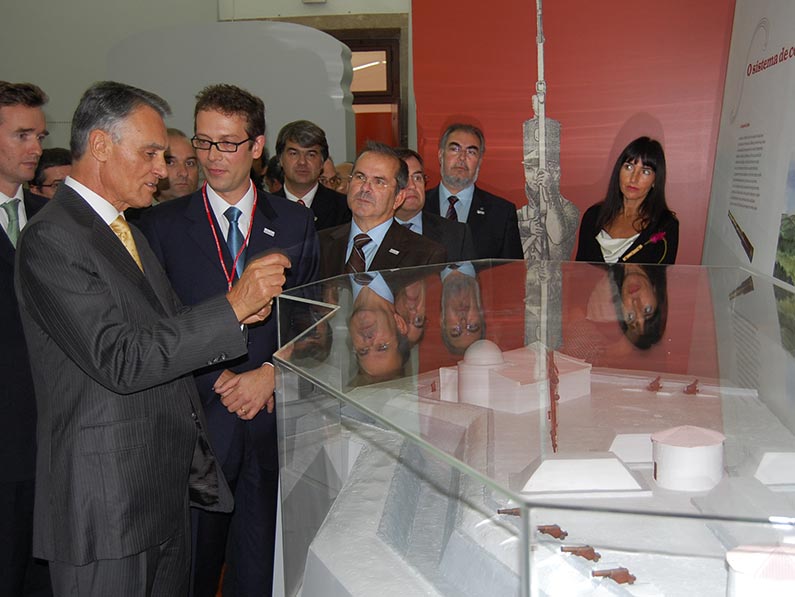The Lines Of Torres (Wellington’s Line)
Location Inter-municipality Arruda dos Vinhos, Loures, Mafra, Sobral de Monte Agraço, Torres Vedras and Vila Franca de Xira
Promotor PILT – Inter-Municipal Platform for the Lines of Torres
Status Delivered
Year 2010-2011
Scope Analysis of the potential of the Line of Torres as an integrated tourism product: concept, organisation and management
Context
The Lines of Torres (also known as the Lines of Wellington) comprise an innovative military defence system secretly developed under the command of the Duke of Wellington to defend the Capital of Lisbon and its port from the third French invasion during the Peninsular War.
Composed of more than a hundred military fortifications over a distance of over 85 kilometres stretching between the River Tagus and the Atlantic Ocean, this composition was important to the development of the entire Lisbon peninsular. Based on its historic and military heritage, various structures have been adapted or made into museums with the intention of incorporating them into an inter-municipal network for visits supported by interpretation centres along this swathe of territory.
Services
For the purpose of helping promote a consensus among the members of PILT, the Inter-Municipal Platform for the Lines of Torres, on how best to develop the asset, Placemakers organised and ran a workshop with specialists in tourism development, Visitor Attractions and urban planning seeking to gain unanimity among the decision makers present as to the importance of Visitor Attractions as catalysts for sustainable local development. The ever increasingly important role of heritage, whether cultural, historical or natural in the differentiation and sustainability of tourist destinations was a message unequivocally assimilated by the workshop participants, reinforcing the strategic importance of their heritage in the Lines of Torres as a factor in local and regional development. Visitor Attractions are an opportunity to develop interest in heritage assets as catalysts for local and regional development and as motives for community pride through responsible tourism management.
The capacity shown in the team led by Simon Punter in bringing together new perspectives and comparisons in a body of knowledge, method and information both national and international, contributed to the enlightenment and validation of the important strategy for the “Linhas de Torres Vedras” as a factor for local and regional development capable of anchoring and catalysing an integrated tourism product.
Ana Umbelino

